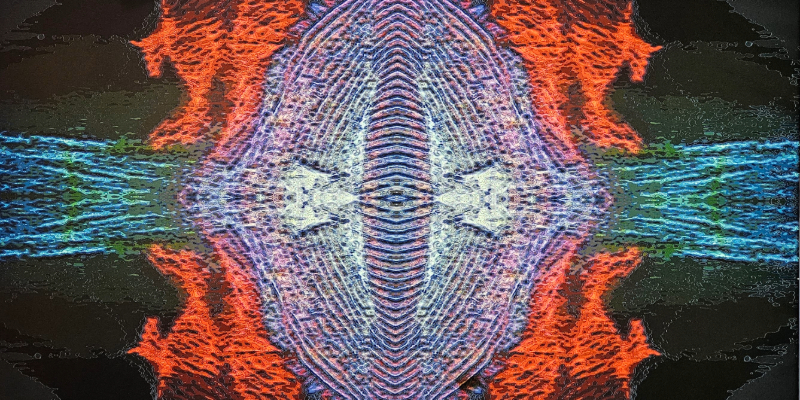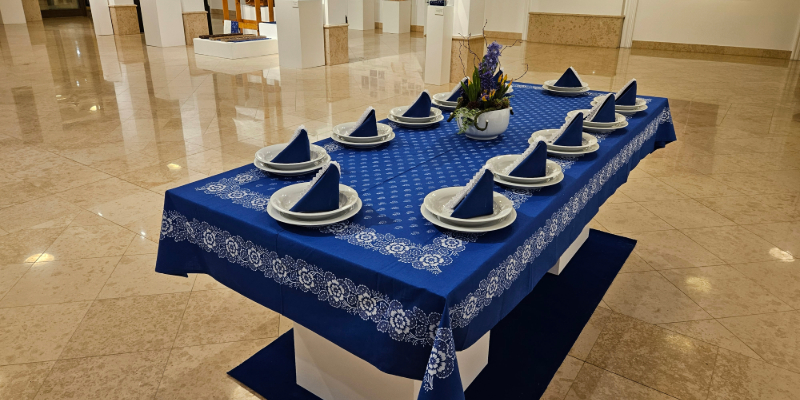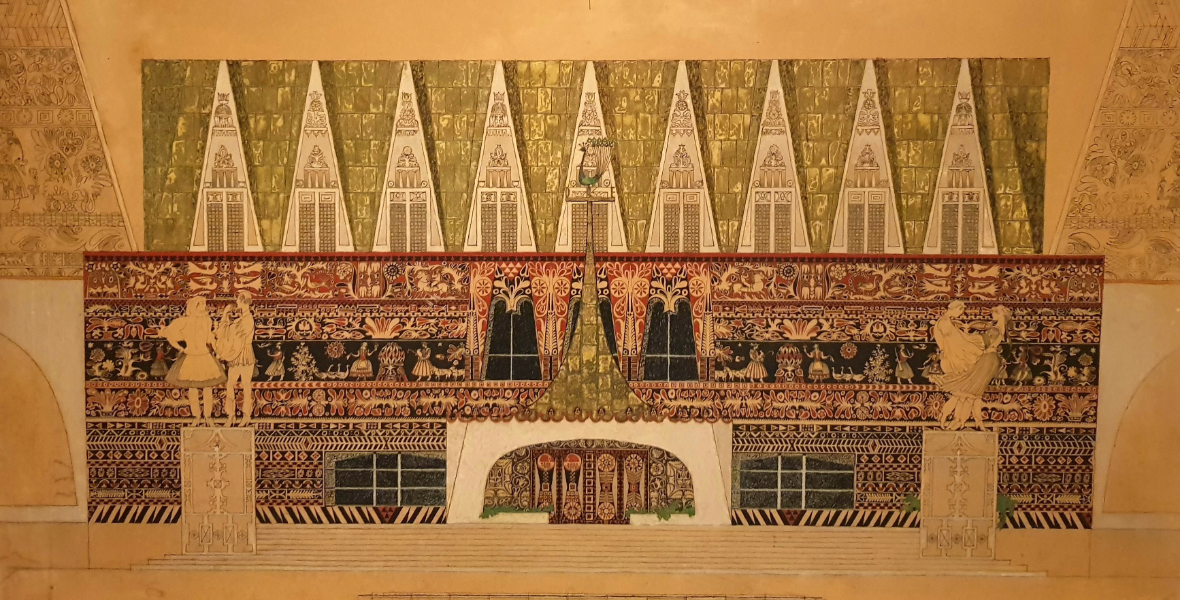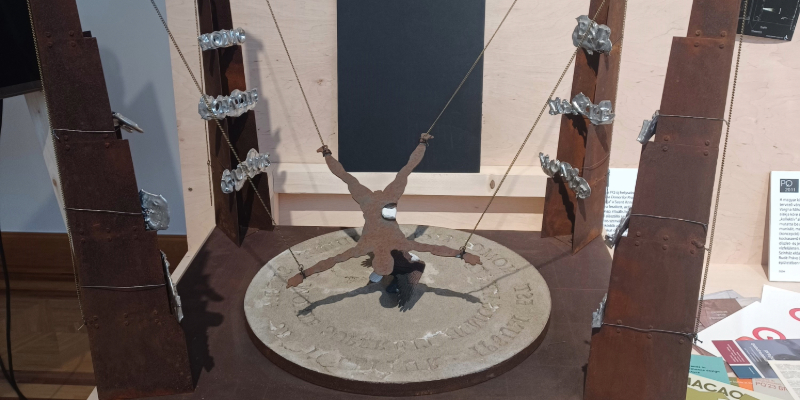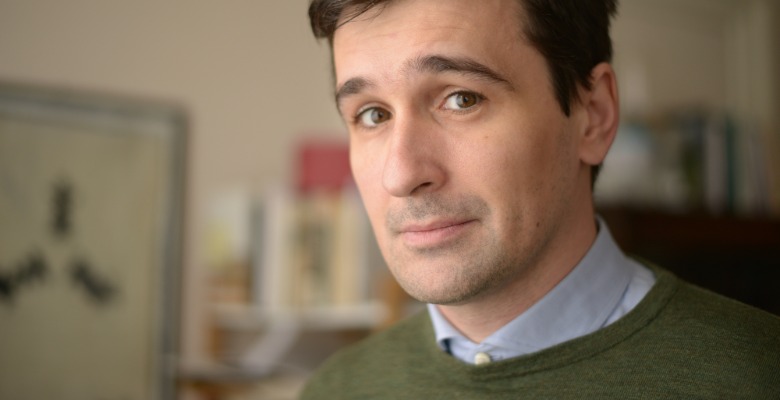
25 realist-style artworks by Szilágysomlyó-born (Transylvania, Romania) György Jovián are showcased in Pesti Vigadó's 6th floor Exhibition Hall from 10th December 2021 to 30th January 2022. Pesti Vigadó interviewed curator of the exhibition Deodáth Zuh about the artworks on show.
Interview by Hanna Imre
The exhibition entitled JOVIÁN LXX offers an overview of György Jovián's artworks created in Budapest. Many of the works showcased at this exhibition have been part of private collections for many years, and thus they are rarely accessible to the general public. On what grounds have these very 25 artworks been selected? And what stages do they, either individually or as part of a group of artworks, mark within works created in Budapest, i.e. during the artist's Budapest period?
The exhibition spans over the entire Budapest period beginning in 1982. It is to be noted, however, that there was an informalist period in the 1990s, as a follow-up of the end of the 1970s and the beginning of the 1980s, that is not showcased here. The artist's Bontás [Demolition] Series, which summarises his decay experience of the past decades, is now on show with its figural parallels. There are some obvious pieces here like the Delacroix Transcript or some less obvious ones such as Flame No. I and Flame No. III. At this exhibition the complete portrait series entitled Lány unikornissal [Girl with Unicorn] is on show, which pays homage to the traditions of the artist–craft relationship understood in a general sense. This is especially notable as the portrait series highlights the necessity of the eternal triad of theoretical, technical and historical knowledge.
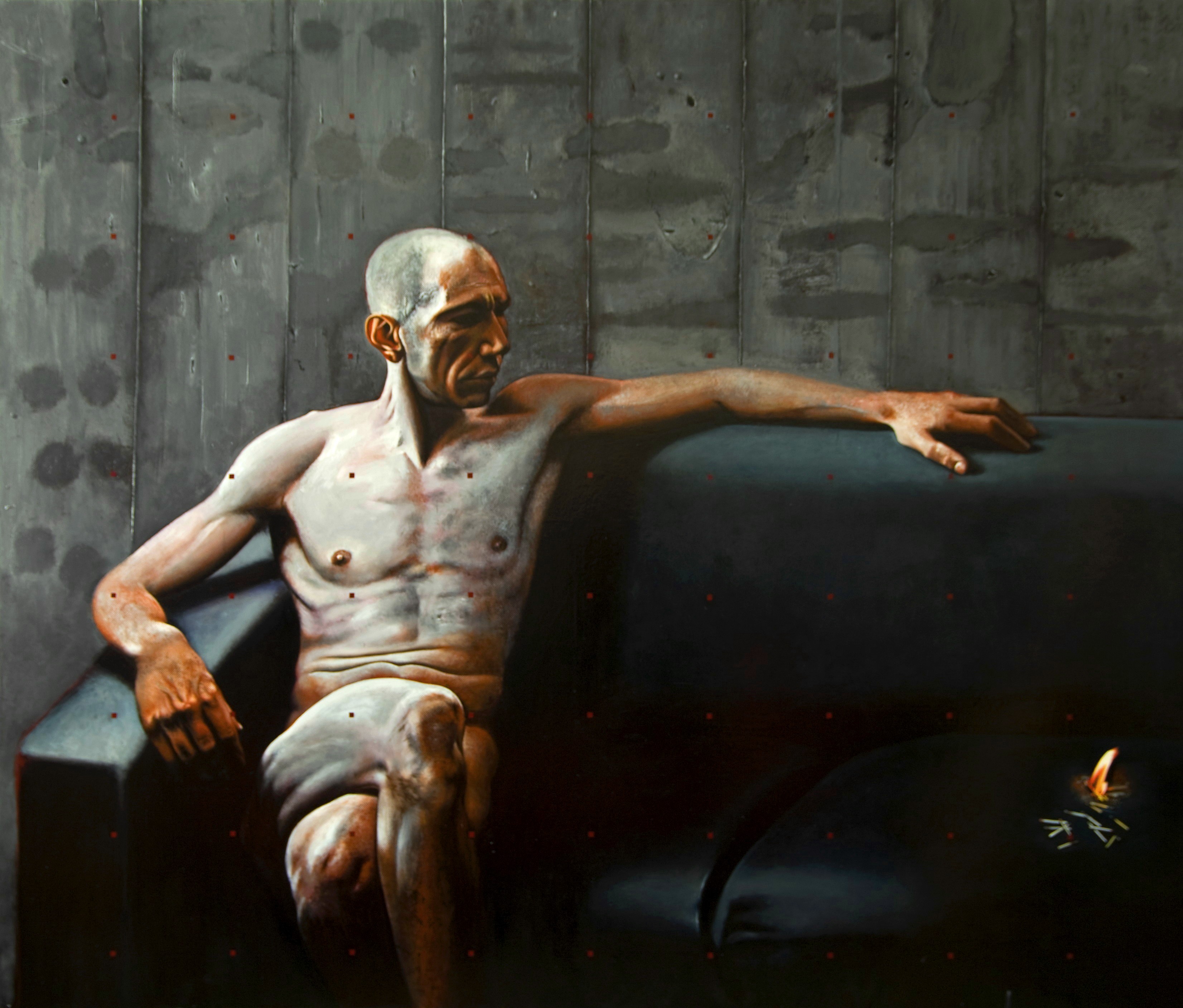
Jovián György: A láng I.
Do you think that the adjectives "realist" and "realist-type" aptly describe György Jovián's art?
I agree that György Jovián's art can be characterised as "reality-type", but I would like to note something relevant here. In his case, the notion of realistic portrayal can be a useful label if we understand that it is not only reality that keeps changing from period to period but also the highlights the author wishes to foreground. The colourist hyperrealism of the Demolition Series is "realistic" in a very different manner from the realism exhibited by the subtle magic of the Flame Tableaus. But the initially mythical Aquarius reflects the profane reality end of the 1980s. This is so even if this artwork does not represent anything that is visible through the naked eye.
Jovián György: Pallium Mariae
How did György Jovián's manner of expression develop during his Budapest period?
I think that all of the elements of this expression were available already before 1982, and it is true even to his Tapiès inspired informalism, which surfaced only later in his art. His dedication to the consummation of figural painting and the preparation of series, however, presents a component that is most easily understood based on his Budapest period. His theory-focused attention to painting understood as craft also surfaces as an obvious and notable feature already at this stage.
This exhibition staged in Pesti Vigadó is meant as a continuation of your showcasing entitled Jovián LX featured by Kiscell Museum in 2011. How do the two exhibitions relate to each other?
There are obvious parallels between the two exhibitions. There are even artworks that belong to both. But here we see almost twice as many images, which clearly demonstrate the artist's continuous engagement. At that time, the Demolition Series was in its first stage of idea generation and preparation, while today we may confidently refer to it as a long cycle. Concerning this issue, what is also important is that a new markedly figurative image highlighted the artist's mood at that time and also now: such images communicated how the artist generally felt under the given circumstances. At that time, the most obvious realisation was the Mantegna paraphrase entitled Pallium Mariae, which is also on show now. Today the same is communicated by the work Baljós előérzet [Sinister Presentiment]. By the way, it would also be rewarding to present a comparative analysis of what the two images wish to communicate.
Jovián György: Szép új világ I.
"Apparently, painting is [] not an elaborate craft. Its means of expression have not been changing much for a long time, and in fact one sentence is enough to describe what it actually does: painting wishes to present three-dimensional interconnections in a two-dimensional form, and it does so through not so much varied or too sophisticated means," you write in the introduction to your monograph about György Jovián published this year. How would you characterise György Jovián's form of expression? What important messages does the artist communicate to the beholders of his artworks? And what peculiar ways are selected to communicate this?
The above quotation may also feature as the essence of the book. In my understanding, for the first sight painting is a very simple activity, in the case of which it is only during its realisation that it turns out how difficult it actually is to create two-dimensional tableaus capable of communicating long-lasting messages. As I see it, this is exactly the main message of György Jovián's lifework. The creation of a mediocre painting requires incomparably more technical and historical knowledge that we would assume based on the basic parameters of the artwork in question. György Jovián is not looking for exceptional solutions in his art. The most important thing is that György Jovián pinpoints that the simplest things are the most difficult to capture on canvas.
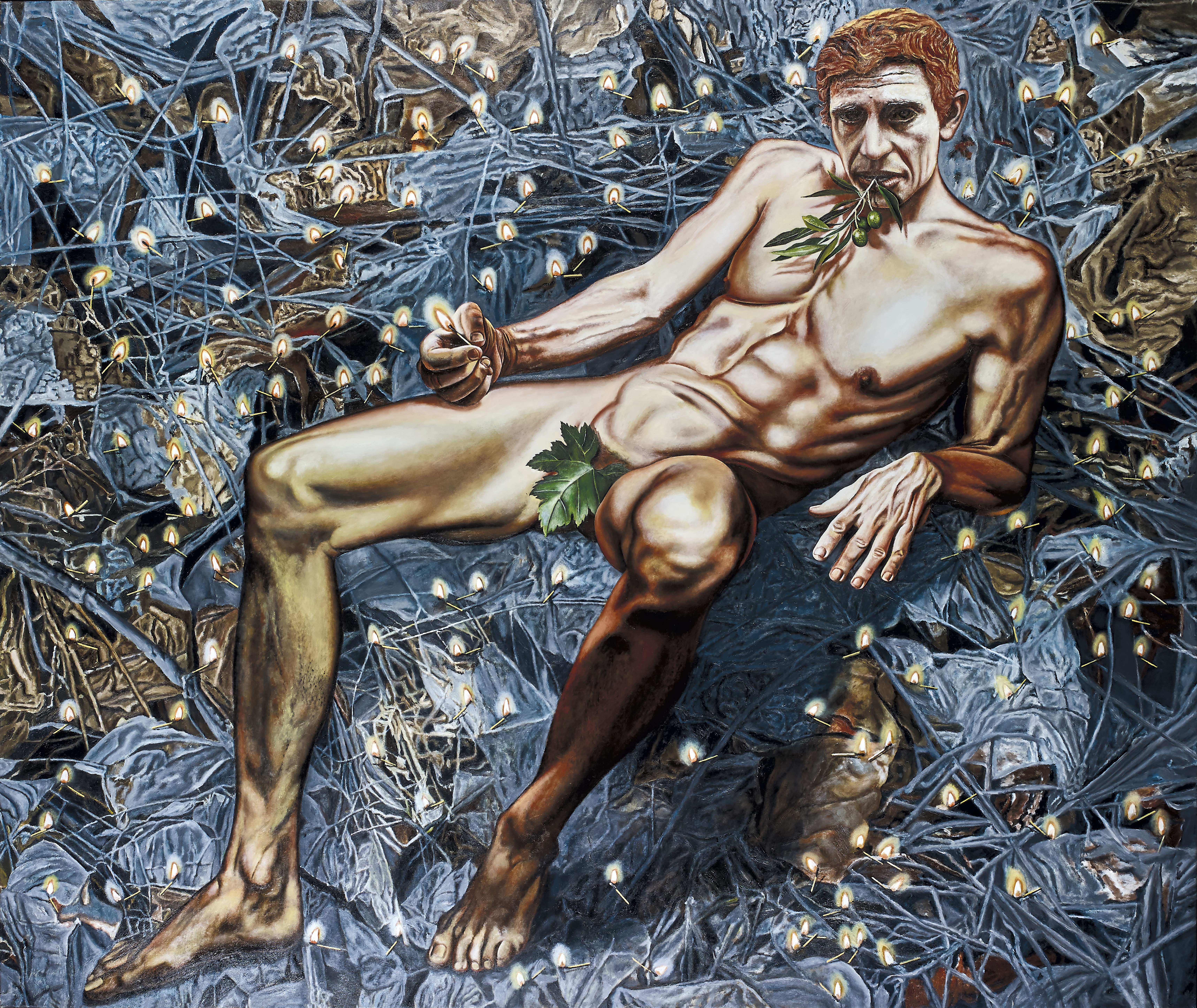
Jovián György: A láng III. - Baljós előérzet
In what way did your history of philosophy degree help or hinder your work as a curator? When organising the exhibition, what bridges or obstacles concerning your perspectives did your non art history related background create for you?
This background of mine did not facilitate or hinder my work. I would approach this problem from another perspective. At points where a narrow profession's standards rightfully caution one to stop and keep silent, a beholder with another perspective, who acknowledges their own shortcomings, may dare to use freer phrasing. However, if viewed from a wider perspective of intellectual and social history, philosophical thinking and the practice of art are but two sides of the same coin. They represent the diverse documentation of the same community and society.
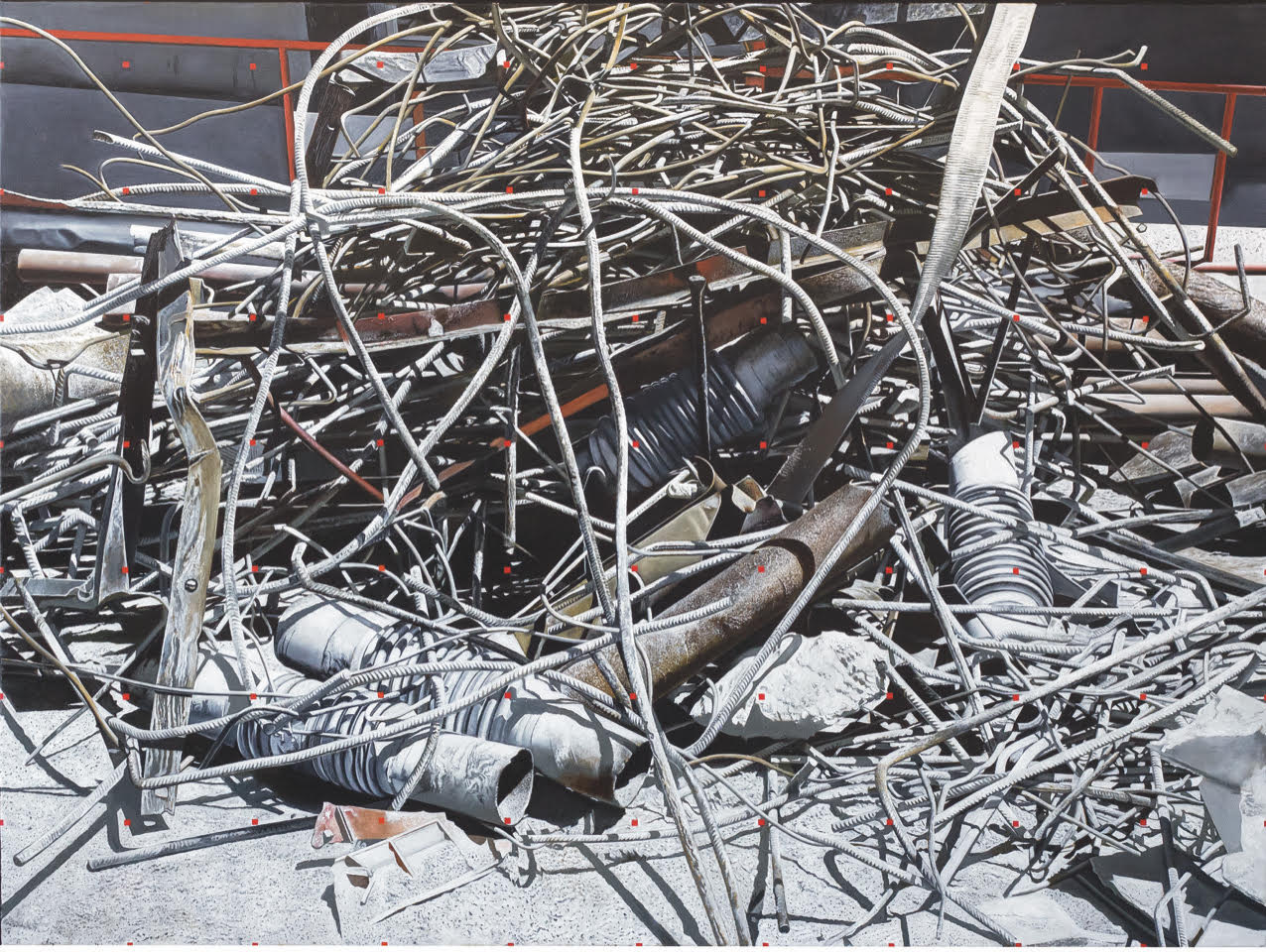
Jovián György: Bontás XVIII.
If you were to select, from among the artworks showcased, only one that best symbolises the value system cherished by György Jovián, which piece would you choose?
This is a difficult question. I believe that if it was the case that not all the artworks represented the same basic values, then this would not put these pieces in a favourable light... And it is the manner of expression only that keeps changing. But if I were to name which of the paintings fascinates me right now, then I would say it is Sinister Presentiment. The work is great as far as its painting technique is concerned, and it likewise brilliant as for its character depiction, and its timeliness is also noteworthy. Certainly, I would be happy to go into details at another occasion.

